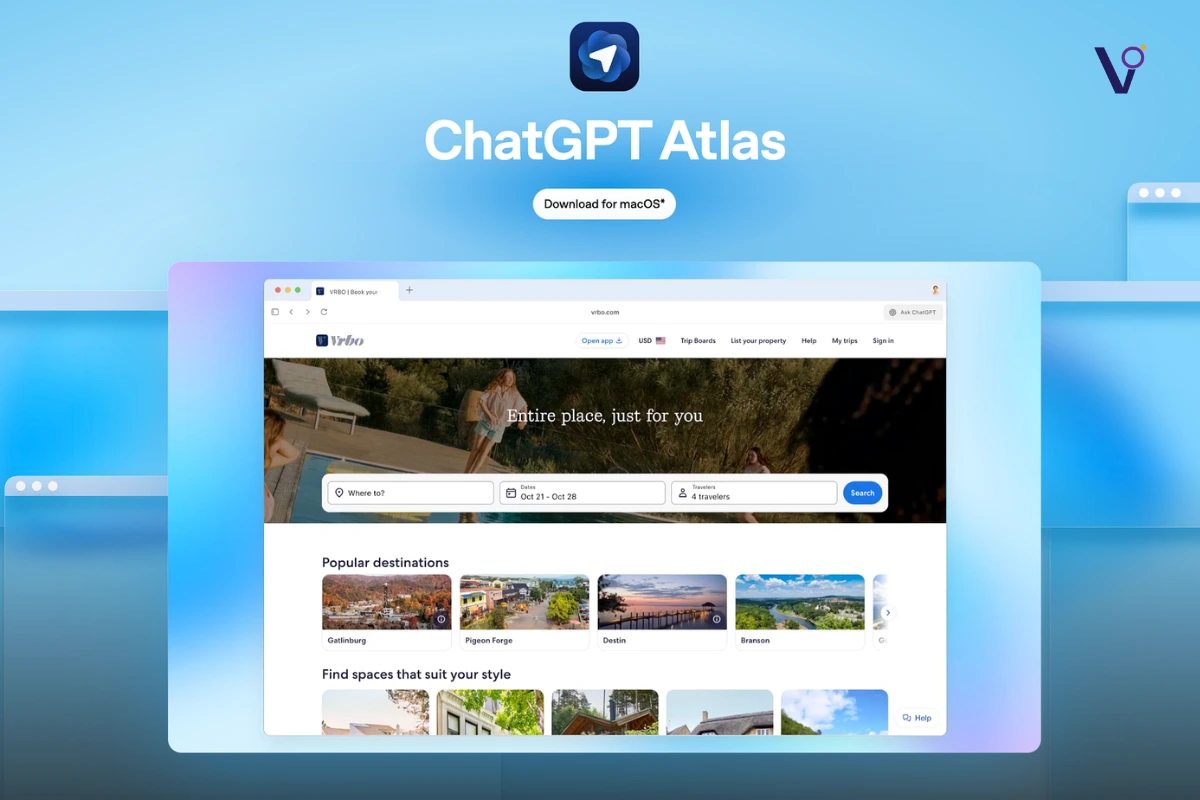In 2025, nearly every market is saturated. And if yours isn’t, don’t tell a soul what you’re doing. Viral Omega is going to walk you through four key things that any brand can do to stand out in a saturated market.
But first, let’s be clear: being in a saturated market is not a bad thing. That means there’s overwhelming demand for your product or service, and that’s going to bring a lot of competitors.
1. Storytelling: The Power of Your Why
First up is storytelling. This is your why. Your origin story and your reason for starting the company.
Check out this company, Flur Glassware, and let’s look at his launch video for an example of a perfectly told founder story. His hook is his why. He says, “I built a coffee glassware brand because I didn’t like any of the cups I was drinking out of.”
Then he injects his personality in discussing the justification for why he built this brand. He says, “Old mugs belong in old school diners.” And “The tall cylinders perspirate and make your hands wet to the touch.”
By that time, you’re kind of thinking, and you’re able to pick up in a sensory way these different problems that you’ve had with mugs in the past. And so, you’re curious. You want to hear what his solution is going to be.
Another key ingredient that he injects — and one everyone should think about when telling their own story — is when he says he spent months testing with an industrial designer.
That key phrase matters. It signals time, money, and effort put into making the best product possible for you. All of a sudden, you’re going to have less objection to whatever price this may be. Maybe a mug is $2.99, and his is $6. Well, he put in that effort through the process of building his new line of glassware. Now you’re thinking, “All right, I get it. There’s quality. There’s an artisan’s touch to this product.”
And that stuff does matter, especially when cups could not be a more saturated category.
Context and Conflict Relation with Saturated Market
A tactical way to tell a story is where you introduce context and then conflict:
- Context: “I was using this mug and it would burn my hand.”
- Conflict: “The cute glasses would break because they were low quality.”
By alternating between context and conflict, you keep your audience’s attention throughout. Like in the above reel, every time he introduces context, he’s saying, “I was using this mug and it would burn my hand.” Or when he was using cute glasses, the glasses would break because they were made of low-quality stuff. The context is that, and the the conflict is those things break.
These are the pillars of storytelling. When you compress that down to short-form story content, the principles remain. You’re still giving context for someone to care about the next scene, about the next line.
Inject these elements if you want to stand out in a saturated market. It’s a science. Practice the context-conflict framework while injecting your why and showcasing social proof of your hard work.
How to Tell a Founder Story: Key Pointers
- Tell people there was a failed solution.
- Share how you experienced that failure personally.
- Give a specific example (like pouring hot espresso into a cheap glass and it breaking).
- Show how your product solves that problem with quality or innovation.
- Justify your price by sharing the effort and artisan touch that went into your product.
That’s how you’re going to stand out in an extremely saturated market: through storytelling.
2. Form Factor: Product Differentiation
The second way you’re going to stand out in a saturated market is a tale as old as time.
This has been happening in the DTC Shopify ecosystem for the last 15 years. Think about the goats: Dollar Shave Club, Casper mattresses, Allbirds.
And this one is about form factor: product differentiation. It’s one of the most underrated ways to look at a business.
Take this new business, Grüns, for example. If you’re in the Shopify space, you’ve probably noticed them. The founder, a private equity investor, saw the success of Athletic Greens but believed it tasted bad. So rather than competing head-on, he rebranded the greens supplement into gummy form. That was it.
Within months, Grüns raised $10 million at a $500 million valuation because they couldn’t stay on shelves. Why? Green powders dominated the market because of easy delivery and high margins. But no one effectively packaged greens as gummies. Demand was built into this saturated market, and Grüns scaled rapidly.
This is one of the fastest-scaling DTC brands because it leveraged a familiar product, in a new, differentiated form factor.
Why Form Factor Works:
Another example is CVT Soft Serve. They went viral because a store in Naples did a simple video titled “elite summer snack”. It showcased their soft serve pouch which is a frozen pouch with soft serve ice cream.
- The headline set the context: it’s May, getting hot.
- The product was new: soft serve in a pouch at retail.
Ice cream is a crowded market. Most people stick to traditional cartons. But differentiation is key. That will make you stand out even in the crowded market.
Soft serve is nostalgic. Most people only get it at In-N-Out or during childhood summers. Now you can have it on the go, for kids, at retail. Form factor and nostalgia work.
3. Positioning: X for Y
The next tactic is positioning. And it’s arguably as important, if not more, than the others.
A prime example is electrolytes. It’s a hugely saturated category. Everyone is throwing salt and minerals into packs. But it’s profitable.
Liquid IV innovated it first. Think Crystal Light, but cooler. Now everyone’s doing Liquid IV but for XYZ.
- Element: Liquid IV for high-performance athletes.
- Taste Salude: Liquid IV with authentic Mexican flavors.
Positioning helps you identify where your product belongs in the market and who it serves.
4. Viral Stunts and Moment Marketing
Lastly, viral stunts. Puresport, a UK-based hydration brand, nailed this.
They set up a fuel station at the London Marathon. It wasn’t widely marketed. They were giving value to the community and trusted it would come back.
They created a gas station-themed Pure Sport dispenser. The typical handle and gas pump, but Pure Sport branding. Tagline: “for the long run.” Fill up your cup with electrolytes.
That was brilliant. It was ironic, on-brand, and perfect moment marketing.
Whether you’re in software, services, crypto, or selling physical products, practice one of these four tenets and emphasize it in your marketing strategy. You’ll have a real shot at success.
It’s when an audience becomes indifferent due to too many similar choices. The solution is to tell a powerful origin story, innovate product delivery, reposition effectively, or stage attention-grabbing moments.
By telling your brand’s why, innovating product form factor, using sharp positioning like “X for Y,” and leveraging clever viral stunts to capture attention in a space packed with competition.
Look for overwhelming product similarity, heavy competition, and little innovation. When attention is scarce and differentiation feels absent, you’re in a saturated market where form factor and positioning matter.



